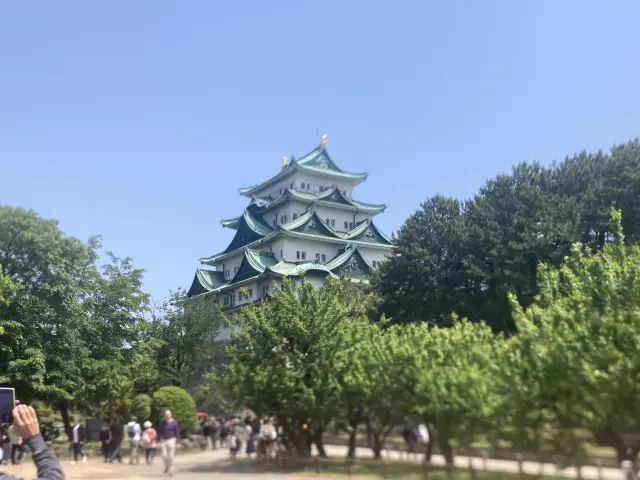
22 Things to Do in Nagoya
Nagoya, one of Japan's three major cities, boasts a variety of tourist attractions, including amusement parks, aquariums, and historical buildings. The city is also known for its unique food culture, "Nagoya-meshi," featuring dishes like miso katsu, tebasaki, and hitsumabushi. In this guide, we will introduce must-visit tourist spots, recommended gourmet experiences, accommodations, and souvenirs in Nagoya, a city full of diverse attractions.
































